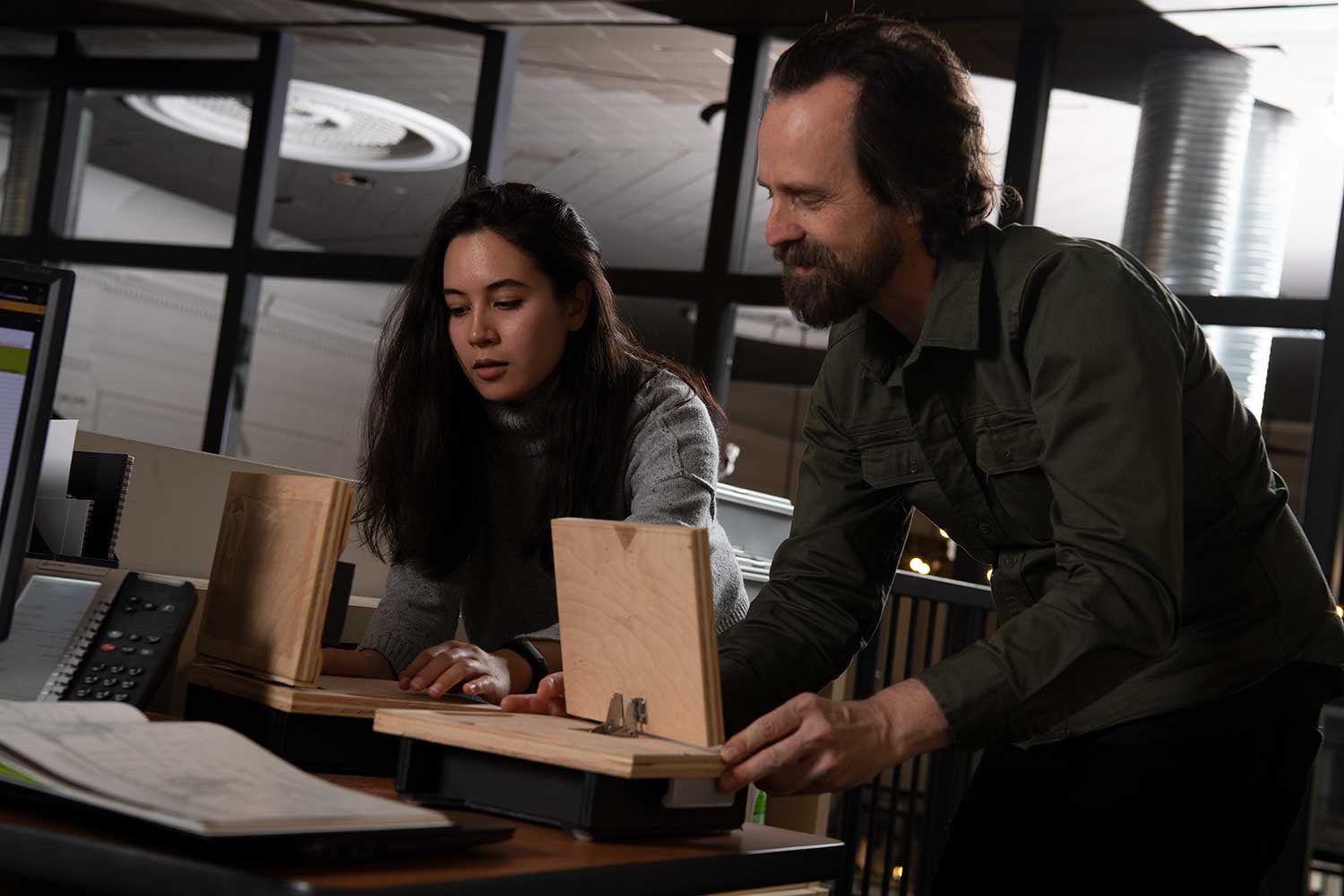
16 Jun Running An Optimal Use Study
If you have ever conducted use evaluations within a product development program, you know how many variables there can be. Sessions vary in scope based on required fidelity of props/stimulus, use environment, number of unique user groups, etc. All of which will influence how successful a use evaluation is. However, there are approaches you can take to ensure you are conducting an optimal use study. At Key Tech, use evaluations are structured to focus on risk, utilize props to the fullest, and allow flexibility.
Focus on the Risk – Time with intended users can be very limited and even hard to secure in some cases, so it should be spent evaluating tasks and features that will confirm the safe and effective use of your product or system. Sessions should be focused on the identified tasks that may be in question and/or those that require more observation to develop design inputs for future design phases. For example, if a new device’s initial device setup is identical to a predicate, with inconsequential risk and known use errors, don’t use valuable time having the user go through it. However, if the main operating function/interaction is entirely novel, this must be evaluated and should dictate the evaluations’ focus. Knowing your system’s or product’s risk before putting it in front of users for evaluation is essential to developing a focused and useful testing protocol.
Understand Your Props – The goals of a use evaluation are often varied, but it is important to know beforehand what data you can successfully collect from the prototypes you have. You don’t want your props to be the reason why questions you had going into an evaluation weren’t answered. Do you need to modify them to perform different aspects of a scenario? Do you need remote controls to actuate a feature or create a scenario of a rare use instance?
Key Tech’s broad capabilities allow us to retrofit and control prototypes remotely with sensors, valves, and actuators, to name a few. Most recently, Key Tech used off the shelf IR remotes and antennas to control integrated electronics in order to initiate a rare error case during a drug preparation procedure that otherwise would have been near impossible to reliably control without electronics.
In this case it was key that the prototype was able to be reliably triggered in order to not contaminate use data. Doing these type of prop modifications permits a high level of evaluation control and confidence in the collected use-data of why, when, and how users react to even low frequency but high-risk events.
Make Adjustments – At the end of the day, make sure to regroup and discuss what went well and did not go well. This echoes one of Josh’s points regarding enhancing VoC; be adaptive. Like VoC inquiries, use evaluations, particularly formative evaluates, do not have to be formal. If it is obvious that a graphical affordance or instructional icon isn’t working have alternates prepared that can be swapped in.
Multiple day use evaluations may require changes to protocol, graphical content, or instruction for use verbiage. Knowing what you may want the ability to update between days can help structure the flow of a use evaluation. Changing things up on the fly will also allow you to get the most value out of testing sessions which often require significant logistical effort to setup.
Use evaluations can feel overwhelming without the proper guidance, however they run optimally when the proper planning and direction is in place early. Key Tech has experience designing and moderating use evaluations to collect the proper risk-based use data. Feel free to reach out to discuss your needs for up-coming use evaluations.
- Running An Optimal Use Study - June 16, 2020
- Designing for Wipe Down - April 8, 2020
- 4 Best Practices for Effective ID and ME Collaboration - February 20, 2019

